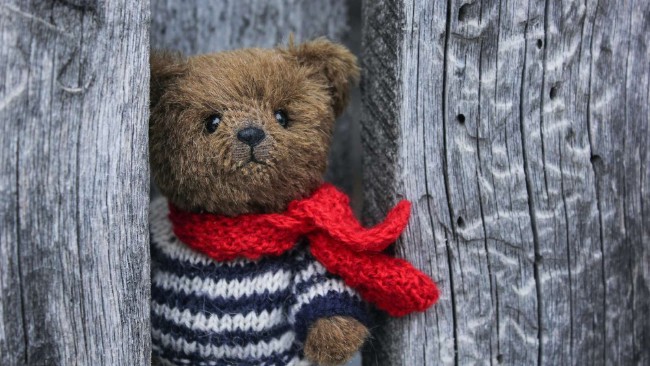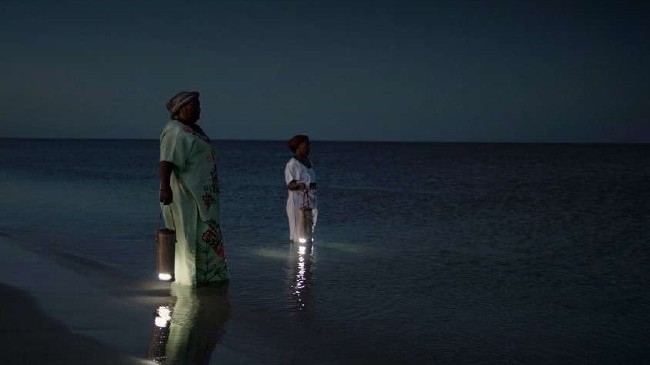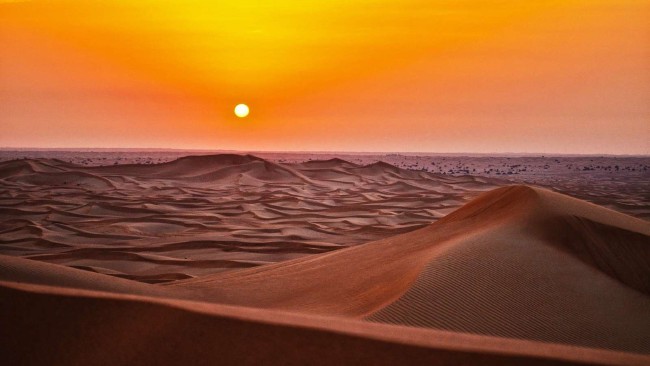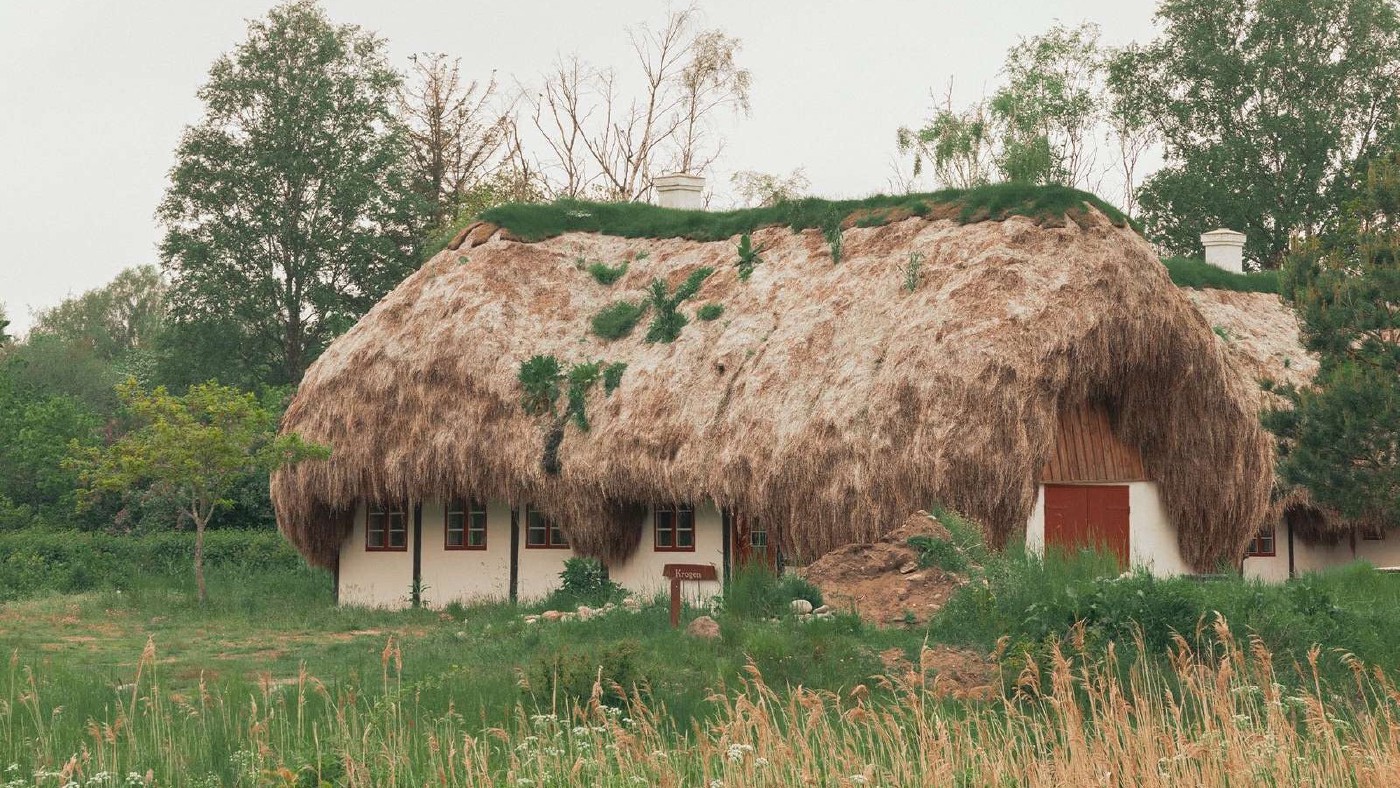
💎 Diamonds and Eelgrass
Hi 👋 Did you know? In Switzerland, it is illegal to keep a guinea pig in isolation. Indeed, you have to own at least two of them so that they can socialize together.
📈 Uplifting Trends and Facts
- Paris pledged to reduce its public housings’ energy consumption by 60% by 2030. After a decade of efforts, including changing the insulation and renovating the heating systems and electrical wiring, some of the largest buildings already witnessed a 47% drop in their energy bill.
- The UN declared access to a clean environment a human right. This resolution is not legally binding yet but has the potential to shape global standards and can help lawyers build arguments in cases involving the environment and human rights.
- Google will ban YouTube videos and other content denying climate change and prohibit ads promoting these claims. This move echoes a 2020 report accusing YouTube of “incentivizing climate misinformation via its monetization program.”
- According to a joint report by the Academy of Medical Sciences and the Royal Society, improving insulation in homes would help prevent 50,000 premature deaths in the UK alone every year.
- The National Oceanic and Atmospheric Administration (NOAA) presented proof that sustainable fishing policies work. Indeed, these policies have helped rebuild 43 fish stocks since 2000. As a result, 84% of reserves are no longer overfished today.
💎 The Diamonds Made From Air
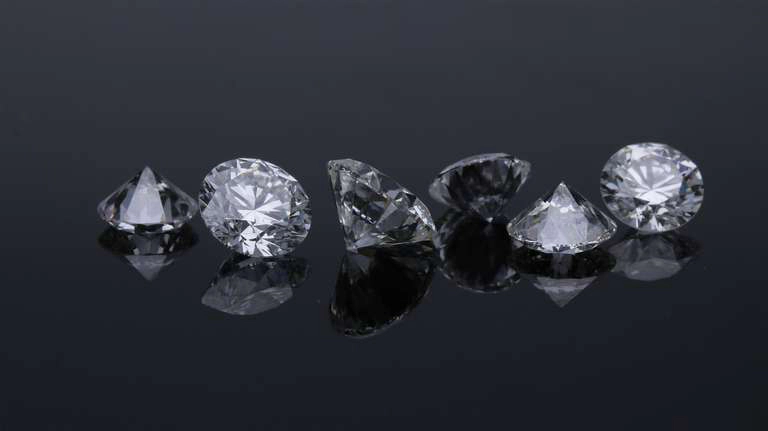
After years of research, Aether diamonds cracked the technology allowing them to create the world’s first carbon-negative diamonds.
In essence, a diamond is a piece of carbon crushed to a point where its atoms form a specific structure. Traditionally, jewellers let Nature do this part and extract diamonds directly from the Earth.
However, Aether flipped the script and developed a process to create diamonds from air pollution, effectively removing carbon from the air for each carat they produce. Moreover, the company achieved an overall carbon-negative footprint by using only renewable and low-emission sources throughout the process.
As a result, a two-carat ring will offset roughly 40 metric tonnes of carbon emissions, corresponding to two and a half years of a typical American person’s emissions.
Why does it matter? As highlighted by movies like “Blood Diamond,” traditional diamond production enables human exploitation, conflicts and environmental devastation. In terms of global warming alone, the diamond trade is responsible for at least 12 million metric tonnes of carbon dioxide emissions each year.
Thanks to its game-changing technology, Aether offers a conflict-free and eco-friendly alternative that features the same physical, chemical and optical characteristics as ’traditional’ diamonds.
🧽 The Furniture That Cleans Your Home
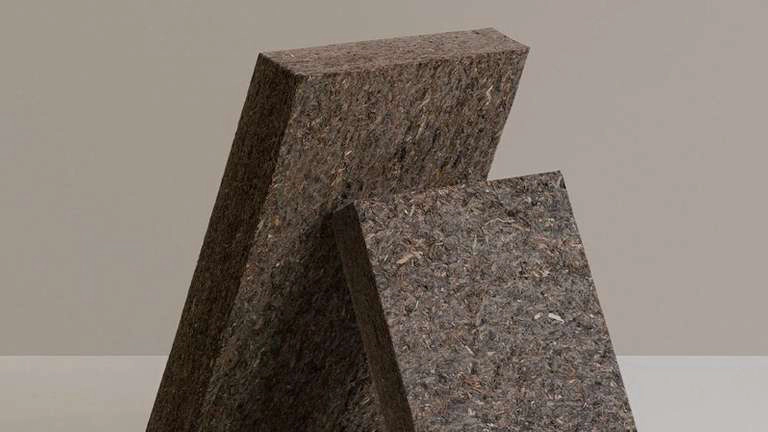
The Danish startup Søuld produces eco-friendly building materials from eelgrass.
The use of eelgrass as a building material dates back 400 years ago when Danish folks were using this highly available sea plant as a roofing material. After ten years of research and development, Søuld adapted that traditional building technique into a modern process that leverages the eelgrass’ CO2-binding properties to create furniture that also serves as a carbon sink.
Also, this highly fashionable, recyclable and non-toxic furniture creates a healthier indoor environment. Indeed, it dampens noise, provides acoustic comfort, and absorbs and releases moisture without rotting, resulting in a healthy indoor climate free from noise, bacteria, mould, and other microbes.
Moreover, these products also offer thermal insulation and resistance to fire and can last more than 150 years, contributing to a smaller overall environmental footprint.
Why does it matter? The US Environmental Protection Agency indicated that indoor air pollutants are often 2 to 5 times higher than outdoor levels, leading to asthma, decreased lung function and heart issues. And, with the average American spending 87% of their life indoors, indoor air quality is even more crucial.
What else can we do?
- Depending on our location, the weather can generate humid conditions, breeding mould in our home. In this context, investing in a dehumidifier can go a long way to creating a healthier environment.
- Our homes usually feature many filters that help us eliminate pollutants, dust and allergens. However, we should make sure to change the filter of our vacuum cleaner, clothes dryer, kitchen vent and AC regularly to ensure their proper functioning – especially if we live in a metropolitan area with high pollution levels.
- Finally, we can leverage nature and install a few indoor plants to clean our environment while improving our mood and enhancing our home décor. Small plants like ferns and lilies and larger palm trees are the best options to pull contaminants out of the air. However, be careful about potential allergies before your next trip to your local florist!
Søuld’s approach respects the cultural heritage of eelgrass while meeting the design and environmental needs of today.
🎯 The Pick

The Japanese “Typoonshot” project aims to mitigate typhoon-related risks and harness their energy to help the country reach zero carbon emissions by 2050.
In the brand new Typhoon Science and Technology Research Center at Yokohama National University, researchers, analysts and experts are working together to find ways to reduce the damage typhoons cause and collect the massive amount of clean energy they generate.
While the project is only at the beginning, experts already consider many methods to achieve its goals. The first experiment they hope to conduct soon involves injecting large amounts of ice into the storm’s eye to reduce its overall pressure and intensity.
Another idea is to deploy a fleet of remote-controlled ships into a storm that gathers and stores energy from wind and undersea turbines. In fact, according to their estimation, the energy of a single powerful typhoon could meet the global demand for energy for an entire month!
Why does it matter? Today, mainland Japan is relatively safe from super typhoons. However, the country already suffers from “regular” typhoons, and climate change is likely to send more powerful ones in the years to come. Also, Japan’s access to energy sources is limited, and many worry about the country’s zero carbon emissions target by 2050.
Harnessing a super typhoon’s energy seems like a highly challenging task. However, success in such a game-changing endeavour would completely change how we see typhoons. Indeed, they would become a blessing rather than a threat.
🌍 Meanwhile, Worldwide …
🎵 The Egyptian duo ElBouma creates music that gives voice to the girls and women in rural areas of Egypt. The two sisters Marina and Mariam Samir organized workshops to gather testimonies that fueled their lyrics against sexism, patriarchy, gender-based violence, and other harmful practices that exist in the country.
💰 Oxford University researchers and Global Accelerate Ventures (GAV) joined forces to create OXGAV, the world’s first conservation venture fund. The fund identified 6 “trillion-dollar problems” it wants to solve by giving solution-focused technology companies greater access to private sector investment.
🦟 In Sweden, the startup Molecular Attraction discovered that it’s possible to use a specific molecule to trick mosquitoes into consuming virtually anything - including toxins that kill them. Since this molecule only attracts mosquitoes, it can prevent spraying pesticides over large areas, eliminating the associated health and environmental risks.
🚀 The Swiss company ABB launched the world’s fastest electric car charger. According to the company, the new Terra 360 modular charger can charge up to four vehicles at once, charge any electric car within 15 minutes and deliver 100km of range in less than 3 minutes.
🌳 Scientists from ETH Zurich’s Crowther Lab founded the Restor project, an interactive map that indicates the evolution of tree coverage for any arbitrary land area, the amount of carbon currently sequestrated in the soil, and how much more it could store after a restoration effort.
😍 Wholesomeness
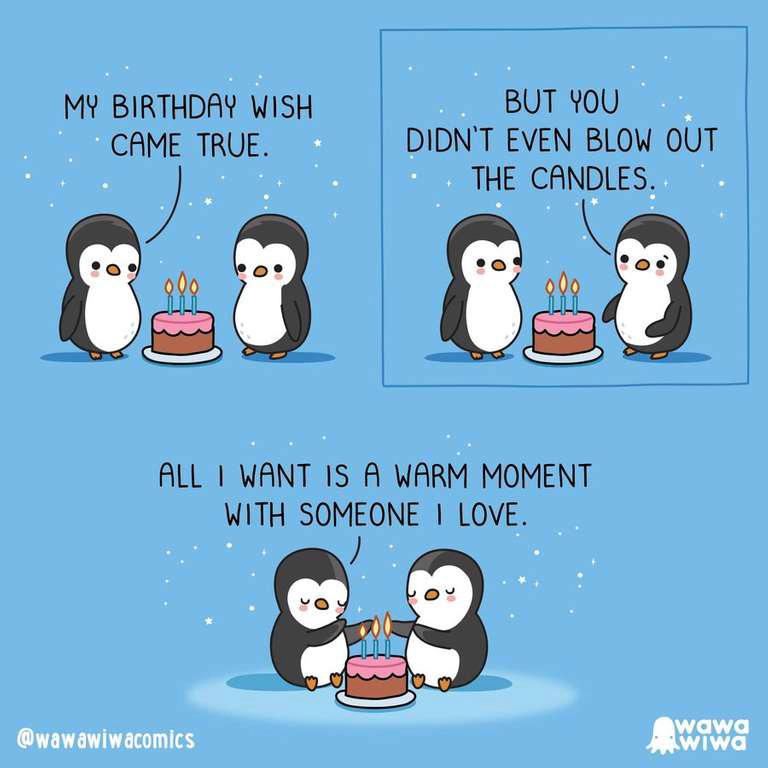
That’s a wrap. If you enjoyed this newsletter, please share it with your friends! For any feedback, reach out and drop a comment here or on our social media platforms :-)
Have an amazing week ahead 💗
Related Posts
🐻 Virtual Reality and Teddy Bears
Konnichiwa 👋 Did you know? Mind-wandering enhances creativity and decision-making. When you’re stuck with a problem, you’ll probably find the solution by doing something else entirely!
💡 Water Light and Microcapsules
Hola 👋 Did you know? Mozart’s Sonata for Two Pianos in D Major K448 could calm epileptic brain activity and help reduce seizures!
🥭 Desert Food and Tyre Furniture
Bonjour 👋 Did you know? Looking at photos of adorable animals not only makes you feel better but can also make you more productive, thanks to “a narrowed attentional focus induced by the cuteness-triggered positive emotion.
